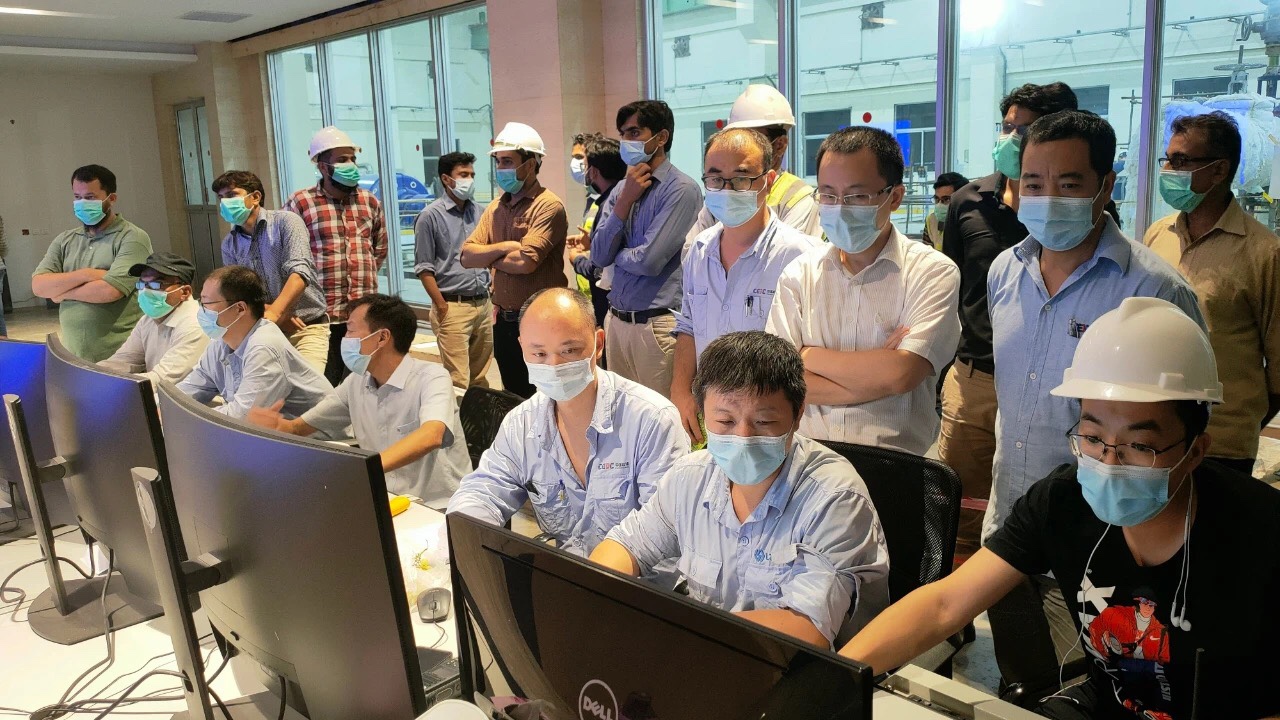Upgrades project of D.G. Khan Hub cement plant Baluchistan, includes a 10MW waste heat recovery (WHR) unit and a 30MW coal power plant, has successfully realized grid-connected power generation today (Sep 6th, 2021). This marks that all coal power plant and waste heat units of the project have been successfully connected to the grid for power generation.
In June, 2019, D.G. Khan, the country’s leading cement producer, has signed a deal with Sinoma Energy Conservation for upgrades at the integrated Hub cement plant in Baluchistan. The agreement includes a 10MW waste heat recovery (WHR) unit and a 30MW coal power plant.
Reporter learnt that the 30MW coal power plant employs a high temperature and ultra-high-pressure (uHPHT) primary reheat thermal system, which will greatly improve the overall thermal efficiency of the power plant, reduce coal consumption and the overall production cost. Compared with the conventional high-temperature and high-pressure system, the uHPHT system is expected to reduce the standard coal consumption by about 10400 tons, and the estimate carbon dioxide emission will drop by 23700 tons. Furthermore, the overall cement output will increase by 18100 tons after the completion of the project.
For the past 19 months, both Chinese and Pakistani members at the project worked relentlessly amidst the threat of the pandemic, the successful power generation of the project has greatly tackled the local power shortage, and has guaranteed the power demand of enterprise production and local people’s life.
Up to now, D.G.Khan cement company had worked with Sinoma Energy Conservation Ltd. for four times, the two had just inked a new contract on June 3, 2021. The new project plans to utilize the waste heat of three Wärtsilä internal combustion engines in the DG KHAN cement plant, install three waste heat boilers and connect them to the existing waste heat power generation system.
















